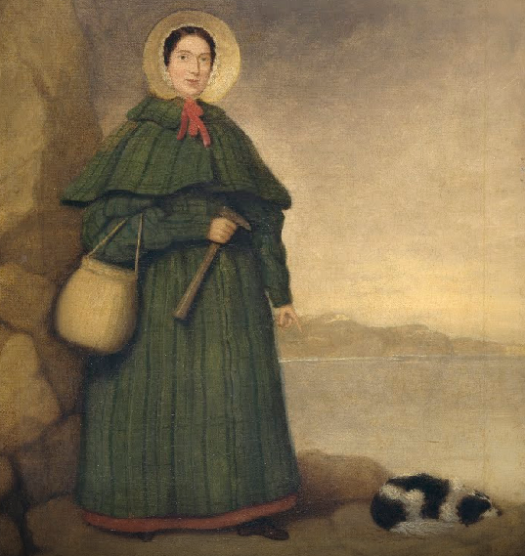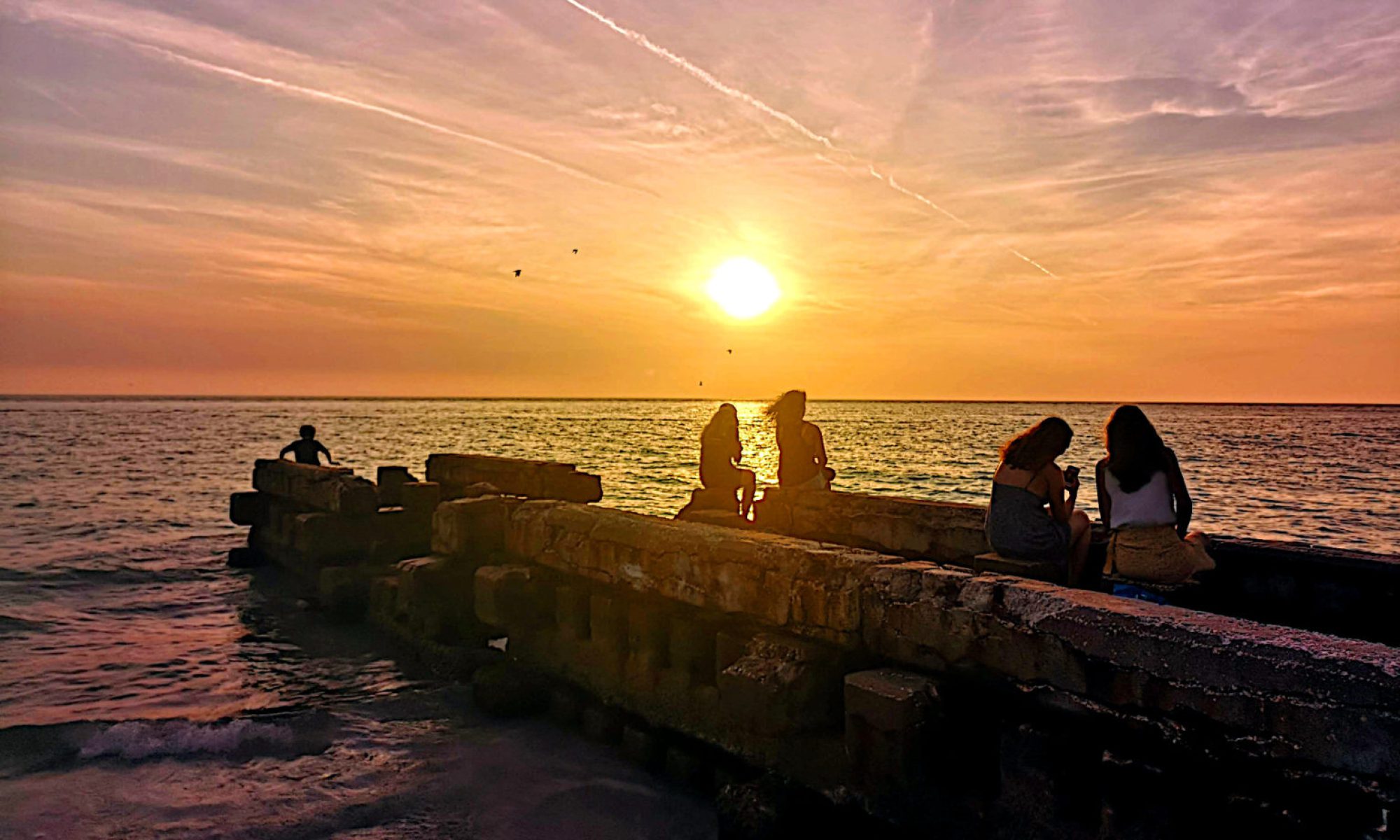Mary Anning was born in 1799 in Dorset, in an area of southwest England now known as the Jurassic Coast, because of all the ancient fossils that Mary discovered — discoveries she often didn’t get credit for, because the burgeoning field of palaeontology was controlled by men. Mary’s father, Richard, was a cabinetmaker and amateur fossil collector, and he taught her how to look for and clean the fossils they would find together on the beach, which he often displayed in his shop. When Richard died suddenly in 1810, Mary’s mother encouraged her to sell her fossils to collectors in order to help pay off the family’s debts.

At the time, Georges Cuvier — known as the ‘father of palaeontology’ — had just introduced the theory of extinction. Charles Darwin’s “Origin of Species” wouldn’t be published for another 48 years. But fossil collecting was becoming a popular past-time. In 1823, Mary was the first to discover the complete skeleton of a Plesiosaurus and she also unearthed an entire ichthyosaur. But many male scientists didn’t credit her for her discoveries in their scientific papers, and the Geological Society of London refused to admit her (they didn’t admit women until 1904). Mary died from breast cancer in 1847, at the age of 47. (via Google Arts and Culture)
